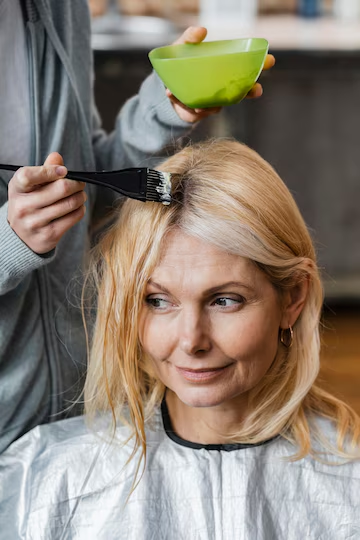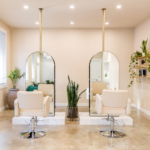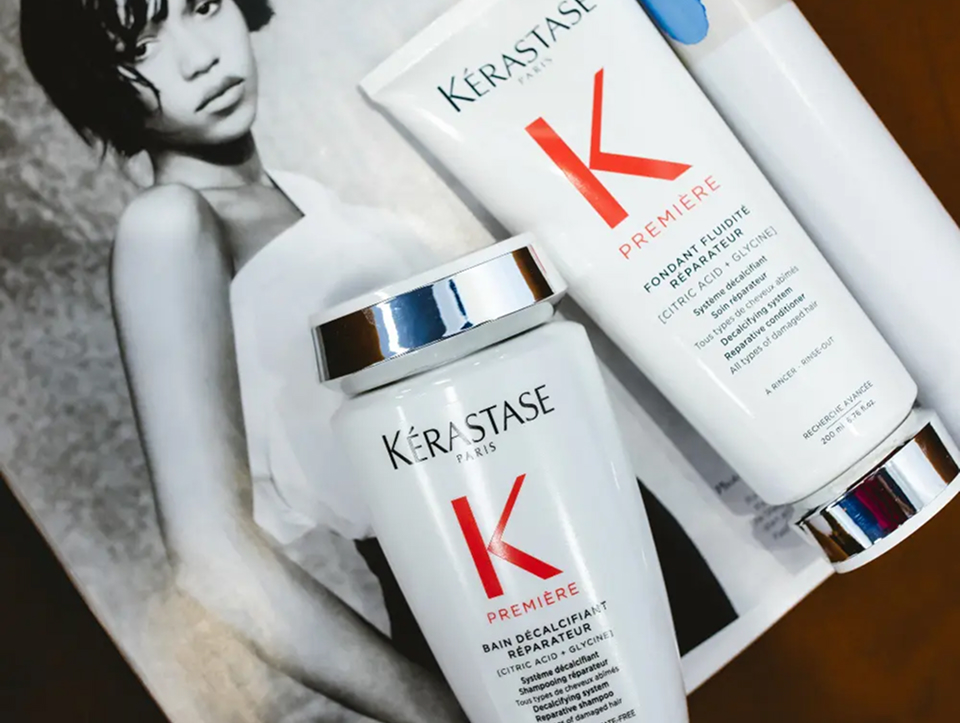Seeing your first gray hairs or noticing a shift in your overall color can be surprising or even frustrating. If you’re looking for realistic, stylish ways to conceal gray hair without damaging your strands or committing to harsh dyes, you’re not alone.
Whether you’re navigating this change for the first time or revisiting gray coverage options, we’re here to help.
In this guide, we explore everything from highlights and lowlights to root touch-ups, all-over color, and even hair extensions. Discover the latest, most effective methods for blending or hiding grays, and learn how to achieve a look that appears effortlessly natural.
Why Gray Coverage Isn’t One-Size-Fits-All

Gray hair isn’t just a color change; it’s often a texture and porosity shift too. As we age, the scalp produces less sebum, leading to dryness. Hair strands also lose pigment (melanin), becoming more brittle and coarse. According to a 2016 review by the NIH, these structural changes mean gray hair responds differently to dye and needs extra care.
If you’re noticing frizz, rough texture, or dryness, that’s likely due to these natural changes. Learn more about how your hair changes as you age.
💡 Tip: Before committing to a coverage strategy, get a hair analysis from a professional stylist. They can assess your hair’s porosity and suggest the best coloring or blending method.
How to Conceal Gray Hair: Top Methods

Understanding your options empowers you to pick what fits your time, budget, and style best.
| Method | Duration | Best For | Pros | Cons |
|---|---|---|---|---|
| Root Touch-up Spray/Powder | Daily wash | Quick flips, events, emergencies | Instant, portable, non-committal | Temporary, washes out easily |
| Demi- or Permanent Color | 4–8 weeks | Full coverage, structured regrowth | Long-lasting, seamless blend | Time, cost, and at-home risks |
| Lowlights or Full Color | 6–12 weeks | Dimensional coverage + gray blending | Adds depth and softens contrast | May alter blonde/light color goals |
| Root Blending / Smudge | 8–12 weeks | Gray + highlights clients | Natural grow-out, subtle blending | Needs pro placement |
| Gloss / Gray-Coverage Toner | 2–4 weeks | Mild gray blending, shine boost | Enhances shine, refreshes tones | Not for full grays |
💡 Tip: Consider combining methods. For example, use glosses between color sessions to prolong vibrancy. Learn more about gray coverage options.
1. Quick Coverage Options

Root Touch-Up Sprays & Powders
These are excellent for emergencies or in-between appointments. Sprays like L’Oréal Magic Root Cover Up can temporarily hide gray roots without commitment.
Tips:
- Match your root spray with your exact base color.
- Carry one in your bag for last-minute meetings or events.
Root Smudge or Lowlights
A root smudge blends color slightly into roots for a soft fade effect, while lowlights add darker shades to blend grays without high contrast.
Benefits:
- Great for someone not ready for all-over color
- Works beautifully with highlighted or balayage looks
👉 Related Reading: See how this overlaps with transitioning to gray.
2. Longer-Term Cover with Color

Permanent or Demi-Permanent Color
These options offer full, long-lasting gray coverage. At Haste Hair, we recommend demi-permanent if you’re just beginning to see grays and want a softer grow-out.
Benefits:
- Seamless blend from root to tip
- Can be customized to be low or high maintenance
💡 Tip: Always perform a strand test before application. Gray hair can be resistant to dye, and layering color or pre-softening may be needed.
Glossing & Toners for Shine and Gray Blending
These are ideal if you’re not ready for full coverage but want to refresh your tone. Our stylists often use toners with subtle pigments to blend away grays and add radiance.
👉 Learn more about hair gloss treatment benefits.
3. Choosing the Right Method

Ask yourself:
- Do you want to cover every strand or simply blend?
- How often do you want to return to the salon?
- Is your scalp or hair sensitive to chemicals?
💡 Tip: Many clients blend two or more services, like a root smudge with occasional glossing, to get the look they want with minimal damage.
For complete transformations, explore all-over color options and meet the team who’ll guide you through it.
Essential Maintenance Tips for Gray Coverage

- Avoid Overwashing: Shampoo 2–3x a week with a sulfate-free product like the ones from Kerastase Color line.
- Deep Condition Regularly: Weekly treatments lock in moisture and color pigments.
- Protect from UV and Heat: Use thermal sprays before styling tools and wear hats in intense sun.
- Schedule Gloss Appointments: They restore vibrancy without another full-color job.
- Don’t Overlap Bleach or Color: Talk to your stylist about safely combining color with tape-in extensions.
Your Gray, Your Way
Concealing gray hair doesn’t have to feel like a chore or a cover-up. With the correct method, whether a few sprays, a custom lowlight blend, or a full-coverage color, you can highlight your personality and style without compromise.
At Haste Hair, we believe gray coverage should be tailored to your life and not the other way around. Our expert stylists specialize in subtle, seamless, stunning results.
✨ Book your consultation or appointment now and let’s find the look that celebrates your hair journey, silver strands and all.
FAQ
Which method hides a few gray hairs without coloring my entire head?
Use root sprays or a root smudge technique for a natural, low-maintenance look.
Can glossing help conceal gray?
Yes. Glossing adds pigment and shine, making grays less visible between color sessions.
Can I highlight and still cover gray?
Blending highlights with gray coverage services, such as lowlights or toning, is very effective.
What’s the difference between permanent and demi-permanent color?
Demi-permanent doesn’t lift your natural color and fades gradually, making it perfect for blending grays without harsh lines.
How often should I refresh my gray coverage?
For permanent color, every 4–8 weeks. For blending/gloss, every 2–4 weeks, depending on your hair’s condition.









